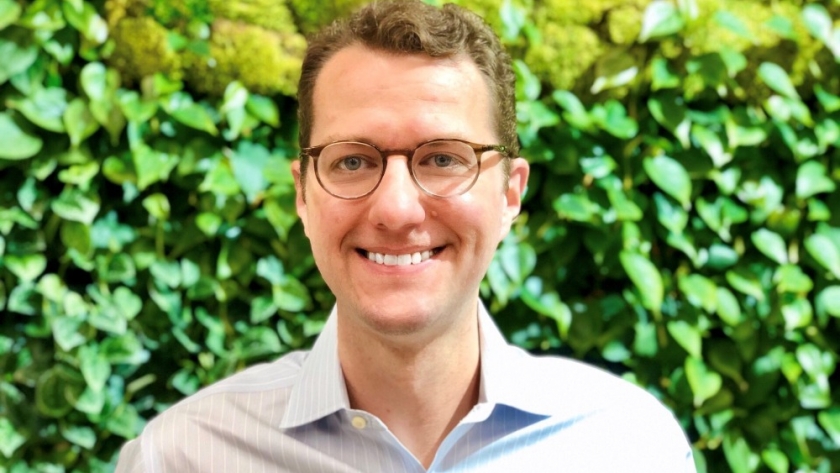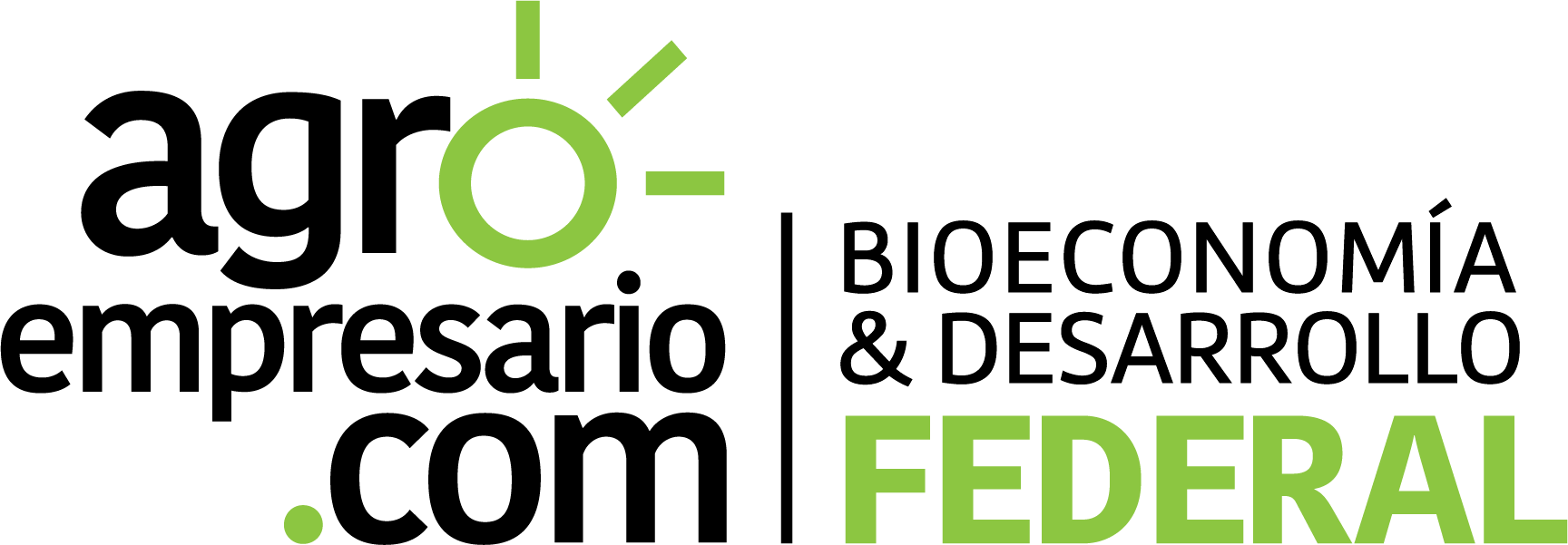
By Agroempresario.com
The biggest challenge of our time is often said to be climate change. However, a more profound and urgent issue exists: how we allocate risk capital to transform climate ambitions into tangible realities. As agrifood and climate innovation continue to advance, the gap between potential breakthroughs and financial backing grows wider. Addressing this requires a complete rethinking of traditional investment models.
Mark S. Brooks, a venture investor, entrepreneur, and climatologist, has been at the forefront of backing transformative agtech and climate innovations. With experience at FMC Ventures and Syngenta Ventures, he highlights the critical funding barriers preventing the industry from unlocking trillion-dollar opportunities.
The agrifood industry has undergone significant transformations, yet its funding structures remain outdated. Historically, investment cycles prioritized short-term returns, failing to match the long gestation periods of agricultural and climate technologies. The industry is now shifting from what Brooks terms the "Caloricene"—a period dominated by maximizing caloric output—to the "Holoagricene," an era emphasizing sustainability, resilience, and ecosystem-based innovations.
Despite these advances, major agricultural corporations are falling behind. Many are cutting their R&D budgets, and even those maintaining investments struggle as inflation erodes purchasing power. The growing innovation gap, coupled with an increase in generic market share and declining patent applications, threatens long-term progress. Without a strategic shift in funding models, the industry risks stagnation.
Conventional venture capital (VC) is designed for rapid exits and short-term gains, making it poorly suited for agrifood and climate tech sectors that require sustained investment. Agtech and climate innovations demand patient capital, yet traditional funding mechanisms lack the flexibility to support long-term impact. The misalignment between investment structures and the realities of agrifood development results in fragmented funding, premature exits, and undercapitalized startups.
To bridge this gap, alternative funding models must emerge. Two promising approaches—evergreen funds and early-stage consolidation—offer viable pathways to unlock the full potential of agrifood and climate innovation.
Evergreen funds present a radical departure from conventional VC models. Unlike time-bound investment cycles, these funds operate perpetually, recycling returns over decades to sustain long-term growth. This approach aligns with the extended development timelines of agrifood and climate technologies, ensuring startups receive continuous financial support.
By embracing evergreen structures, the agrifood sector can secure the capital needed to support generational innovation, ensuring breakthroughs translate into scalable market solutions.
Traditional venture funding disperses capital across multiple startups, often leading to fragmented efforts and duplicated solutions. An alternative approach—early-stage consolidation—focuses on merging complementary startups into unified platforms, maximizing operational synergies and accelerating scale.
This model not only optimizes entrepreneurial energy but also ensures that investment capital fuels comprehensive solutions rather than isolated projects.
To successfully implement these alternative funding models, investors, entrepreneurs, and policymakers must rethink financial structures. The "Future-Proof Zone" provides a framework for aligning capital with long-term agrifood and climate innovation goals.

By adopting reengineered funding models, the agrifood and climate tech sectors can overcome the limitations of traditional investment structures. Evergreen funds provide patient capital necessary for nurturing transformative ideas, while early-stage rollups create scalable market champions. These innovative financing approaches enable investors to move beyond short-term speculation and toward meaningful, long-term impact.
The trillion-dollar opportunities in agrifood and climate await those willing to pioneer these financial innovations. The question is no longer whether we can fund this transformation—but whether we are ready to embrace the models that will make it a reality. The time to act is now.
